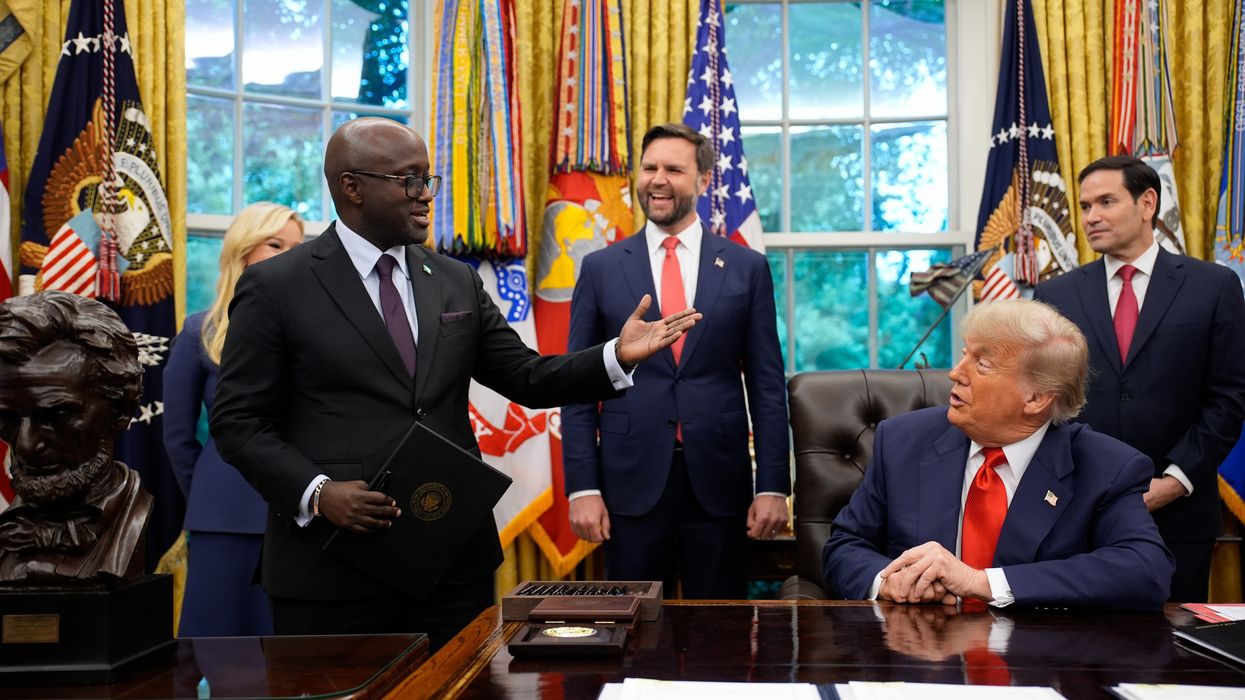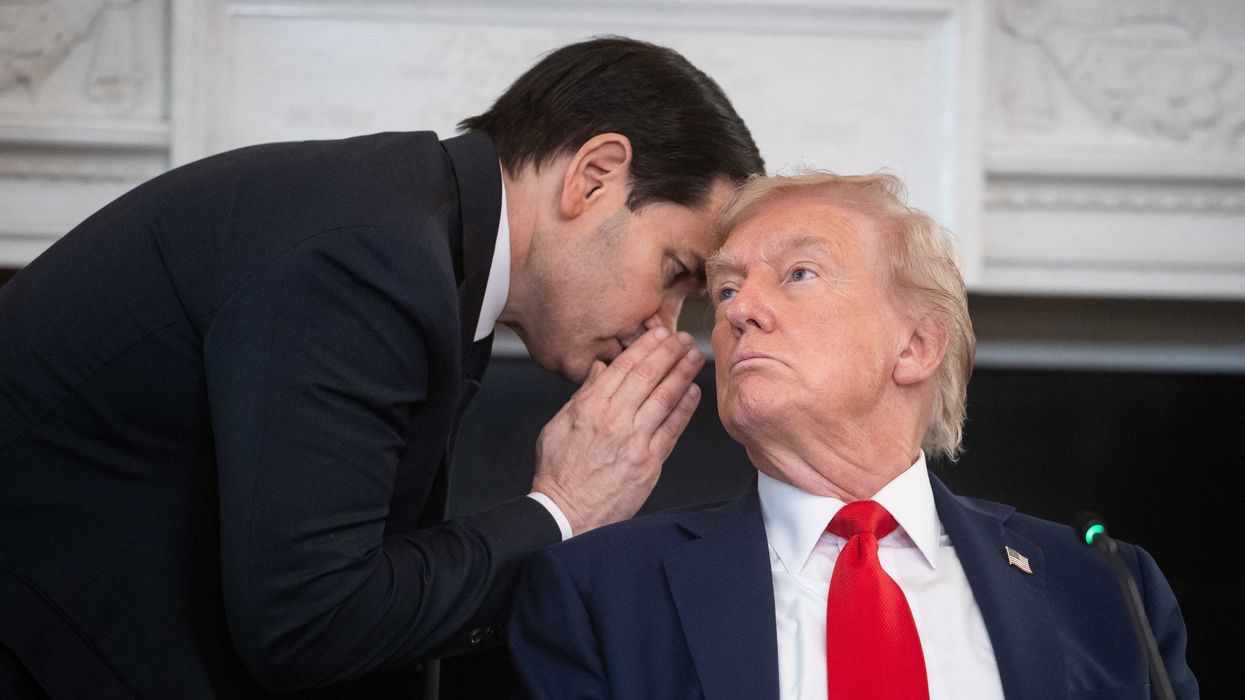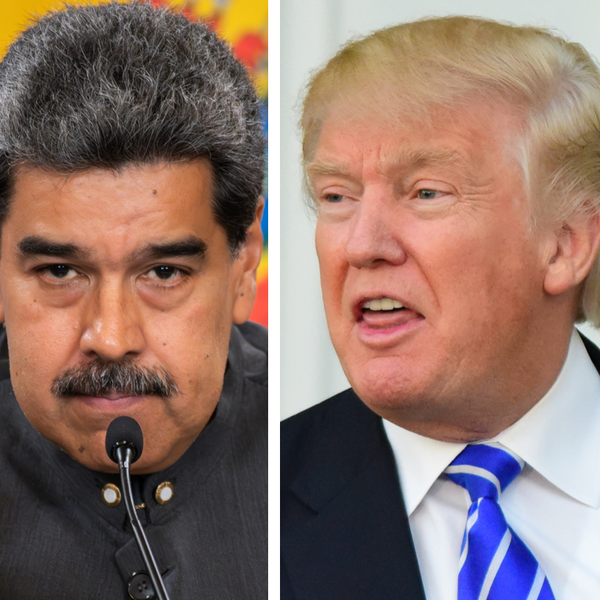Slovakia has been a solid supporter of its neighbor, Ukraine. It has supported Kyiv diplomatically in the UN, EU, and NATO. They were one of the first countries to provide military aid to Ukraine.
Moreover, Slovakia has sent Ukraine ammunition, surface-to-air missiles, and helicopters. Along with Poland, they were the first country to transfer fighter jets — their entire fleet of retired MiG-29 fighters — and they were the first country to send an air defense system, the only S-300 air defense system they had.
But on September 30, Robert Fico and his leftist-populist Smer-SSD party won 23% of the vote in the parliamentary elections on a platform that included the promise that if his party “enters government, we will not send a single round of ammunition to Ukraine.”
If SMER-SSD is able to create a majority coalition Fico will be Slovakia’s prime minister for the third time. He resigned his last term in 2018 after the murder of a journalist who was reporting alleged ties between organized crime and government officials.
The Progressive Slovakia party came in second with about 17% of the vote, followed by the Hlas party with 14.7%. Hlas split off from Smer in 2020, and its leader, Peter Pellegrini, has suggested that he leans toward supporting Fico. Pellegrini has said that Slovakia “had nothing left to donate” to Ukraine, but that Slovakia should continue manufacturing and shipping ammunition to Ukraine.
Fico doubled down on Ukraine Sunday, saying his position “has not changed.” He then explained that “People in Slovakia have bigger problems than Ukraine.”
He added that he is “prepared to help Ukraine in a humanitarian way … we are prepared to help with the reconstruction of the state. But you know our opinion on arming Ukraine.”
In addition to no longer arming Ukraine, Fico promised to “do everything” in his power to start peace talks to end the war. He also opposes EU sanctions on Russia and Ukraine joining NATO. Fico has also attributed blame equally to the political West and Ukraine for starting the war.
Meanwhile, Poland has been, perhaps, the strongest supporter of Ukraine. It has given Ukraine about a third of its own weapons — about $4 billion worth — and been the major transit point for the movement of other NATO countries’ weapons into Ukraine. It has been a forceful supporter of Ukraine’s bids for more advanced weapons and for membership in NATO.
But a dispute over the export of Ukrainian grain has exposed the fragility of that partnership. The fragility was irritated by Poland’s annoyance over what it sees as Ukraine’s unwillingness to confront a nationalist past that was hostile to Poland.
In July, the Polish parliament adopted a resolution that includes “recognition of guilt” by Ukraine for the Volhynian massacre — anti-Polish ethnic cleansings conducted by Ukrainian nationalists in German occupied Poland through the summer of 1943. According to the resolution, “Polish-Ukrainian reconciliation, which representatives of both nations have been building for years, should also include an admission of guilt and perpetuation of the memory of the victims of World War II.”
Meanwhile, Canadian officials had to apologize last week for paying tribute to a Ukrainian Canadian World War II veteran who was later revealed to be a member of the Nazi German Waffen-SS’s Galizien Division. Poland’s ambassador to Ukraine later told Canadian CTV News that “this is a person who participated in an organization that was targeting Poles, was committing mass murders of Poles, not only the military personnel but also civilians.”
But it is the recent grain dispute that threatens to tear the fragile relationship. Ukraine has accused Poland of abandoning them by restricting the import of Ukrainian grain to protect Polish farmers and markets. Poland shot back that Ukraine needs to be “more grateful” and suggested that Kiev “should start to appreciate the role that Poland has played for Ukraine in the past months and years.”
Ukraine then responded by calling in the Polish ambassador to Ukraine, a diplomatic maneuver Poland’s Prime Minister Mateusz Morawiecki said “should not have happened,” calling it “a mistake . . . given the huge support Poland has provided to Ukraine.”
The row grew worse when, in his speech to the UN General Assembly, Ukrainian President Volodymyr Zelensky accused Poland of betraying Ukraine and abetting Russia, complaining that “some in Europe play out solidarity in a political theatre – making thriller from the grain. They may seem to play their own role but in fact, they are helping set the stage to a Moscow actor.”
That accusation, together with Ukraine’s taking Poland, Hungary, and Slovakia to the World Trade Organization over their import ban on Ukrainian grain, pushed Morawiecki to announce that Poland is “no longer transferring weapons to Ukraine, because we are now arming Poland with more modern weapons,” though they would honor the arms agreements they already have with Ukraine and permit other countries to ship their arms to Ukraine through Poland.
The last of the three countries that Ukraine has filed a complaint against with the WTO, Hungary, has also recently joined Poland and Slovakia in widening the crack in NATO.
Hungary was the originator of the Eastern European fissure, refusing to send weapons to Ukraine, advocating peace talks as a solution to the war, and criticizing sanctions on Russia. But that widened on September 25 when Hungarian Prime Minister Viktor Orban announced an end of support for Ukraine in international affairs.
Orban’s government is upset with Ukraine over a law that restricts the use of minority languages in Ukraine. Hungary claims that this law violates the rights of ethnic Hungarians in Ukraine to use Hungarian, especially in education.
“They want to transform [Hungarian schools] into Ukrainian schools and if that does not work they want to close them," Orban said before adding that “We do not support Ukraine in any issue in the international scene until it restores the laws that guarantee the rights of Hungarians."
Fico’s election could put Slovakia in a triumvirate of countries with Poland and Hungary that all share borders with Ukraine, that all are members of NATO and that all, to a degree that remains to be seen, are widening the crack within NATO on its stance on the war in Ukraine.
- Diplomacy Watch: Poland-Ukraine spat threatens Western unity ›
- Polish and Slovakian elections yield mixed signals for EU unity - Responsible Statecraft ›
- What’s next after assassination attempt in Slovakia | Responsible Statecraft ›
- Cracks in European ‘unity’ on Ukraine | Responsible Statecraft ›
















